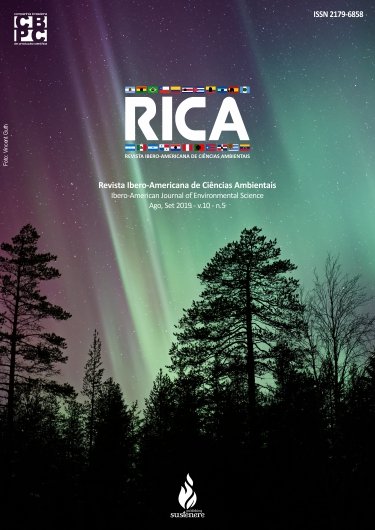Ecosystem analysis of the Serra do Mar Paraná, portion of Marumbi's area of special tourist interest
DOI:
https://doi.org/10.6008/CBPC2179-6858.2019.005.0004Keywords:
Protected areas, Geological aspects, Dense Ombrophilous ForestAbstract
Protected areas aim to conserve biodiversity. Analyzing biotic and abiotic relations of the Marumbi Area of Special Tourist Interest (AEIT), located in the Serra do Mar Paraná State and which includes five State Parks in a mountainous environment under the domain of Dense Ombrophilous Forest, we seek indicators of ecological effectiveness. Through the construction and cartographic interpretation, georeferencing, intercrossing of geological, geomorphological, hydrographic, vegetative, elevation, slope and perimeter of protected areas (UC), the distribution of 3,703 springs over 66,000 hectares (ha), average of one every 18.02 ha. Most in Montana (600 to 1200m s.n.m.) with 53% and Submontana (30 to 600m s.n.m) with 26.5%. Unlike the bibliography consulted that indicated abundance of springs at the summits; The result was 6.7% in Altomontana and 1.8% in Altitude Fields (over 1200m s.n.m). In the intersection of springs with geological domains, granite presents 57.7% of occurrence and the migmatitic complex 35.2% being the most representative unit/area ratio. Only 20.4% of the springs are in full protection protected areas (ucs) analyzed.
Downloads
Downloads
Published
Issue
Section
License
The CBPC - Companhia Brasileira de Produção Científica (Brazil CNPJ: 11.221.422/0001-03) the material rights of the published works. The rights relate to the publication of the work anywhere in the world, including rights to renewals, expansions and dissemination of the contribution, as well as other subsidiary rights. All electronically published works may subsequently be published in printed collections under the coordination of this company and / or its partners. The authors preserve the copyright, but are not allowed to publish the contribution in another medium, printed or digital, in Portuguese or in translation.









